Silicon Photonics: The Future of High-Speed Data and Computing
In today’s hyper-connected world, the demand for faster and more efficient data transmission is growing exponentially. From cloud computing to AI, from 5G networks to data centers, the need to move massive amounts of information quickly and efficiently is paramount. Silicon Photonics is emerging as a transformative technology that promises to meet this demand by combining the power of light-based communication with the cost-effectiveness of silicon semiconductor manufacturing.
What is Silicon Photonics?
Silicon photonics is the integration of photonic components—such as lasers, modulators, and detectors—onto a silicon chip. Unlike traditional electronic circuits, which use electrical signals, silicon photonics uses light to carry data. Light can transmit information at extremely high speeds with minimal energy loss, enabling data transfer rates far beyond the limits of conventional copper wiring.
The real advantage of silicon photonics lies in its compatibility with existing semiconductor manufacturing processes. By leveraging standard CMOS (complementary metal-oxide-semiconductor) fabrication techniques, silicon photonic devices can be produced at scale, significantly reducing costs and making them accessible for a wide range of applications.
Why Silicon Photonics Matters
As the digital landscape grows more complex, traditional electronic interconnects face challenges such as heat generation, energy inefficiency, and bandwidth limitations. Silicon photonics addresses these issues by:
-
Enabling Ultra-Fast Data Transmission – Optical signals travel at the speed of light, allowing data rates in terabits per second, crucial for data centers, AI workloads, and cloud computing.
-
Reducing Power Consumption – Using light instead of electrons minimizes energy loss and heat generation, supporting energy-efficient infrastructure.
-
Facilitating Miniaturization and Integration – Multiple optical components can be integrated onto a single silicon chip, reducing the size and complexity of devices.
-
Supporting Scalability – As global data traffic continues to grow, silicon photonics provides a scalable solution that can handle increasing bandwidth requirements without compromising performance.
Key Applications of Silicon Photonics
-
Data Centers: With enormous volumes of data being exchanged between servers, silicon photonics enables high-speed, low-latency interconnects, ensuring smoother cloud services and faster computation.
-
Telecommunications: Optical communication over long distances benefits from silicon photonics’ ability to integrate multiple channels on a single chip, boosting internet speed and reliability.
-
Artificial Intelligence & High-Performance Computing (HPC): AI and HPC workloads demand rapid data exchange between processors. Silicon photonics accelerates these computations while reducing energy costs.
-
Autonomous Vehicles & IoT: Self-driving cars, smart sensors, and IoT devices generate massive real-time data. Photonics ensures low-latency communication crucial for safety and efficiency.
-
Healthcare & Imaging: High-speed optical data transfer supports advanced imaging technologies, remote diagnostics, and real-time medical data analysis.
Challenges and Future Outlook
Despite its advantages, silicon photonics faces technical challenges such as precise manufacturing of photonic components, efficient coupling of light into and out of chips, and thermal management in densely packed circuits. However, ongoing research and investment are rapidly overcoming these obstacles.
Looking ahead, silicon photonics is poised to be a cornerstone of next-generation technology. Innovations like integrated photonic chips, combining both computing and networking on a single silicon platform, promise smaller, faster, and more energy-efficient devices. With the continued growth of AI, 5G/6G networks, and edge computing, silicon photonics will play a pivotal role in shaping the infrastructure of tomorrow’s digital world.
Frequently Asked Questions (FAQs)
Q1: How is silicon photonics different from traditional fiber optics?
A: While both use light to transmit data, silicon photonics integrates optical components directly onto silicon chips, enabling compact, cost-effective, and high-density solutions suitable for servers, data centers, and electronic devices.
Q2: Can silicon photonics be used in consumer electronics?
A: Yes, though adoption is currently focused on data centers and telecom infrastructure. As costs decrease, it could be integrated into high-speed PCs, smartphones, and advanced wearable devices.
Q3: What are the main challenges of silicon photonics?
A: Key challenges include precise fabrication of optical components, efficient light coupling, and heat management in dense circuits. Overcoming these challenges is essential for scaling the technology.
Q4: Why is silicon chosen for photonics instead of other materials?
A: Silicon is abundant, cost-effective, and compatible with existing CMOS fabrication techniques, making it ideal for large-scale production of photonic devices.
Q5: How fast can silicon photonics transmit data?
A: Silicon photonics can achieve data rates in the terabit-per-second range, far surpassing traditional copper interconnects, making it ideal for high-performance computing and modern data centers.
Q6: What industries will benefit most from silicon photonics?
A: Key industries include data centers, telecommunications, cloud computing, AI & HPC, autonomous vehicles, IoT, and healthcare.













 2025. All rights reserved
2025. All rights reserved